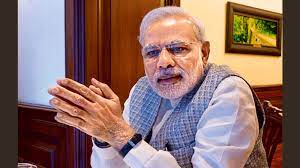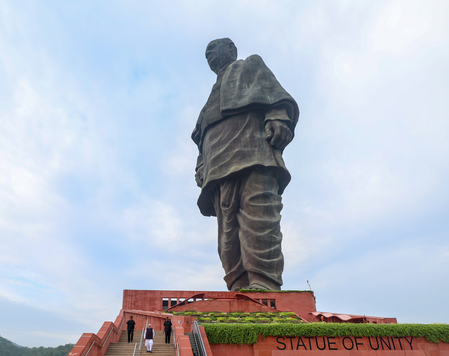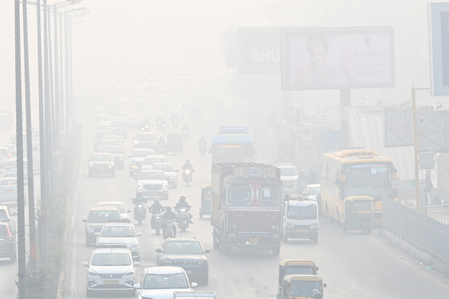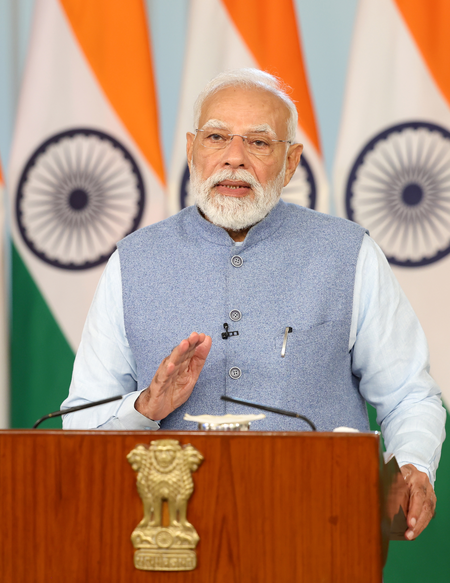
According to the Ipsos IndiaBus Poll, Prime Minister Narendra Modi received a 65 percent approval rating among urban Indians as of September 2023. The survey showed that 18 percent disapproved, 7 percent were neutral, and 9 percent were undecided about the Prime Minister’s leadership.
A regional breakdown of the survey revealed that PM Modi garnered a higher rating in western India (80 percent), eastern India (73 percent), and northern India (72 percent) compared to a lower 31 percent in southern India.
Furthermore, those with higher education gave the Prime Minister a higher approval rating of 70 percent, while those with lower education approval stood at 61 percent.
Interestingly, across gender lines, more women approved of PM Modi, with a 65 percent approval rating among women compared to 64 percent among men.
The Prime Minister’s approval ratings remained consistent across different age groups, with a 66 percent approval rating among 18-30 year-olds, 64 percent among 31-45 year-olds, and 64 percent among those aged above 45.
However, the approval rating among the self-employed was lower at 47 percent, while among other employment categories, it was higher: 75 percent among the unemployed, 69 percent among students, 67 percent among the employed, and 63 percent among full-time parents or homemakers.
Parijat Chakraborty, Group Service Line Leader, Public Affairs, Corporate Reputation, ESG, and CSR at Ipsos IndiaBus, commented, “PM Narendra Modi has achieved an approval rating of 65% on how Indians perceive his role as the Prime Minister of India. By and large, across demographics, Mr. Modi has received high approval ratings considering some respondents were undecided or neutral. His disapproval is less than 2 in 10, while his approval is 2 in 3 of those polled. Only the residents of the south zone and the self-employed seem disgruntled.”
The survey was conducted among over 2,200 respondents from SEC A, B, and C households, covering adults of both genders from all four zones in the country. The respondents were polled face-to-face and online, with data weighted by demographics and city-class population to arrive at the national average.
Note: Ipsos India is the source of this survey data.




